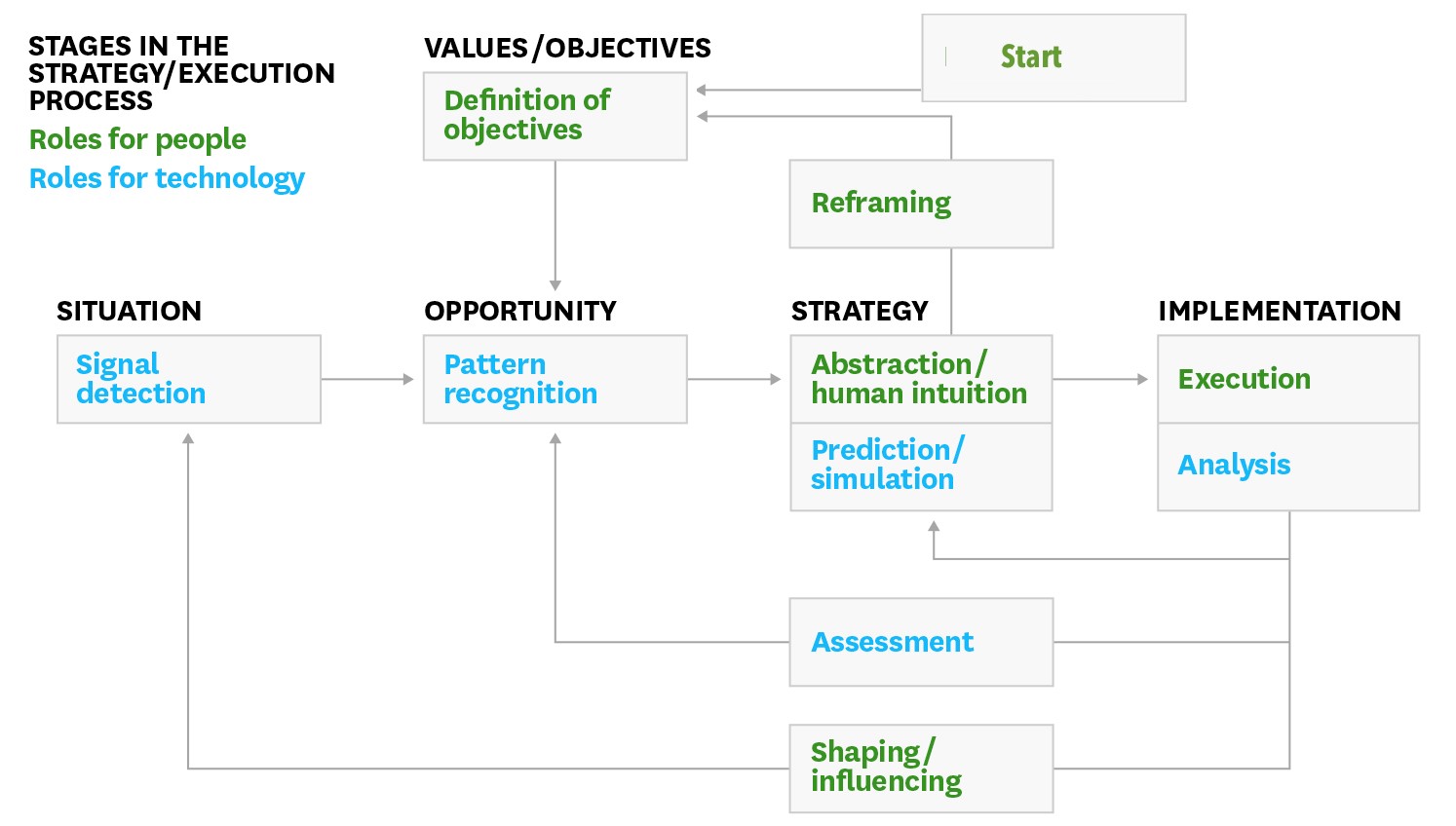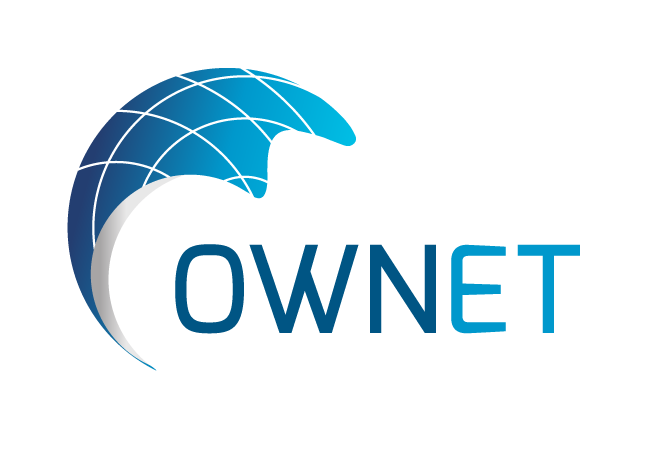The Ownet paper: An Introduction to Robotic Process Automation (RPA), identifies the key benefits of RPA: saving time, saving money, making money, and the future of RPA, including the wider introduction of artificial intelligence and cognitive computing technologies that are capable of thinking through problems. This paper aims to discuss the preparation steps in implementing a RPA initiative.
So how does an organisation initiate an effective RPA Strategy, and what are the opportunities for companies to reduce task handling times and automate end-to-end processes within Finance?
An automated Finance/Accounting landscape significantly changes the role of the accountant – but not in the way one might think. There are concerns that the technology will eliminate jobs. In reality, Industry research identifies RPA eliminating the most time-consuming, manual processes that prevent accountants from delivering the strategy and analysis that really starts adding value to an innovative Finance department.
Accounting and finance professionals are experiencing mounting pressure, to provide the big picture of their organisation, and as the amount of financial data continues to increase, so does the challenge of making sense of it all.
Leveraging RPA technology not only improves the efficiencies that accountants need, to deliver better, more accurate intelligence, but it also creates real-time access to financial data so that reporting and analysis can be done continuously.
Robotic Process Automation (RPA) is not replacing accountants , but evolving their role and augmenting their effectiveness through automation. It is a progressive, positive, and necessary shift that is creating the digital workspace for accounting and finance professionals to focus on the greatest value they can provide to their organisations. In particular, Finance shared service centres (SSCs) will see a progressive elimination of some roles and a change of focus to fewer, higher value roles in centres of excellence.
An integrated RPA requires roles for both technology and Finance people, that act in concert to develop and execute business strategies. One of the key functions is reframing, which is repeatedly redefining the problem to enable deeper insights. With this approach, people and technology play their particular roles in an integrated fashion, with the human continually training the robot that in turn enables greater insight into trends and opportunities for the business.

Let Finance Operations Lead & Prioritise Areas for RPA
A successful robotic process automation project requires multiple levels of management support and sponsors — people who initiate the idea, and push for the technology’s adoption and use.
Finance operations tends to be in the best place to identify and select tasks within their specific area, that are most suitable for automation.
Accountants/Managers in these areas know which processes fit the minimum criteria for automation: They can identify tasks that use structured data, for example, in Accounts Payable/Receivables processes, GL Allocations/Reclassifications, Group Consolidation, Manual Journal Entry, Statutory Consolidation/Submissions.
These structured tasks associated with end-to-end processes are prime candidates for automation, whilst other tasks, requiring analysis, judgment and social human interaction, gain advantages in improved Quality, Scalability and Higher Efficiency.
- 100% accuracy due to high repeatability and zero fatigue.
- Tens, hundreds or thousands of robots can be trained at exactly the same time through workflow creation.
- Robots can work 24 hours a day, seven days a week. Typically, one robot can do the work of two to five FTEs.
Involve IT early
The IT department can be an important contributor to the success of a Robotic automation program, and bring valuable knowledge to the table and should assist in selecting the automation software vendor Finance, with support from IT, should lead the choice of the Management consultants as the focus of the consultant needs to be finance process focused rather than technology focused.
A guiding principal for product evaluation is this: robotic software should not only execute repetitive, rules-based, processes at a fraction of historical costs, it should also be capable of rapid implementation and smooth integration with other systems and applications – keeping organisational and technological disruption to a minimum.
Organisations are finding, that because it’s non-invasive, an RPA implementation requires minimal upfront investment and can be introduced into Finance, without changing underlying systems. An RPA solution can be implemented in six to eight weeks while providing enterprise-level scalability, resilience, and availability.
Develop a Strong Communication Strategy
Recent surveys have found that using Finance RPA tools to do repetitive work, affects parts of a job more than the entire job, and potentially increases productivity and reductions in hiring or outsourcing rather than layoffs of full-time employees.
Often, organisations are redeploying their internal employees to other business activities; RPA allowed them to avoid expanding their head counts. In fact, managers at the companies we studied reported that their employees were largely positive about the changes.
Rather than feeling threatened by automation, many appreciated having fewer repetitive tasks and more opportunities to assume more value add analysis and decision making activities.
Therefore, communicating the intended effect on jobs early in the process is critical. In an information vacuum, employees tend to overestimate the ill effects. Therefore, it’s important for companies to be as forthcoming as possible about the implications for employees.
This ensures that robotic process automation developments are visible quickly and operations teams are engaged in supporting projects and they understand what RPA means in terms of opportunities six to twelve months down the line.
Partner with Finance Consultants & Develop a Centre of Excellence (COE)
A centre of excellence helps the Finance unit and other business units across the organisation identify automation opportunities, prioritise projects, build the solutions, and monitor the software robots, once they take over tasks. A COE also establishes standards and best practices and tracks the business performance of RPA.
Studies have found that initially, partnering with management consultants, who understand financial processes, allows an organisation, to quickly identify/prioritise an opportunity for RPA, formulate a business case and implement a Finance based RPA initiative in a short period of time, as a discrete process.
The RPA COE can then efficiently reuse software robots to scale quickly and to reduce development costs. For example, by reusing robots that were trained to find anomalies between a group’s entity balance sheet, and the consolidated balance sheet, reduces its development times by 30% to 40%.
Rethink the skills needed for RPA capability
Organisations need to rethink the skill sets needed to perform robotic process automation Successful companies have added new roles, such as robotic process automation controllers to schedule, run, and monitor the software robots.
They have a strong understanding of the business, process experience, and some systems analysis skills.
Good communication skills are key, to interact effectively with finance operations people when they spot issues or anomalies. In this scenario, two human controllers orchestrate the work of 300 software robots that do the equivalent of what more than 600 people once did.
Recent research has led us to anticipate a future for the automation of knowledge work in Finance. In the next five years, we expect that more and more Finance units will be composed of both finance professionals and software robots, each performing tasks for which they are best suited.
The robots will very quickly extract, consolidate, and rearrange data for Finance personnel to assess and act upon. Finance units will deal with new business requirements (which they may later teach to the software robots), troubleshoot and solve unstructured problems, and build relationships with the rest of the business and externally to customers.
Going forward, robots won’t need as much pre-configuration or as much detailed instruction, as tools evolve and as robotic process automation moves to the cloud. As RPA tools progress, they are capable of tackling unstructured data with cognitive automation tools, capable to read unstructured text, such as text messages or emails, and to decipher what that data means.
And the most Innovative organisations and finance professionals, who embrace RPA in Finance will be the winners by identifying the opportunities, and ultimately saving time, saving money, and making money.

